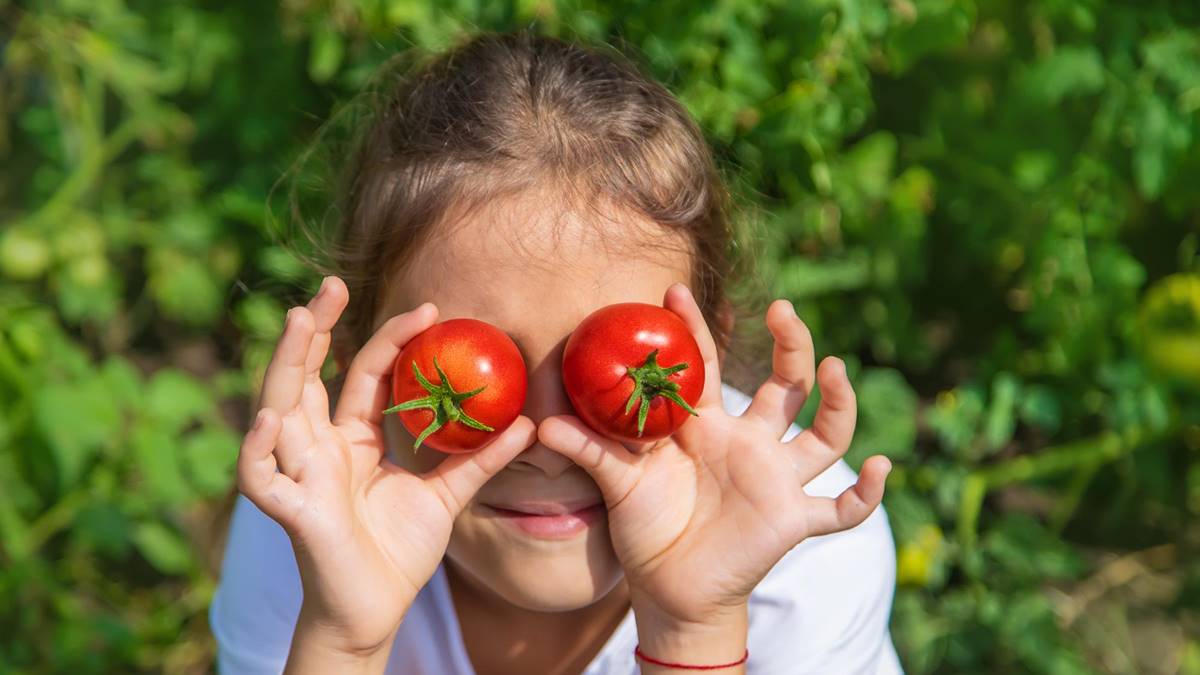You slice it into salads, cook it into sauces, and top your pizza with it — but do you really know what a tomato is? Despite being a staple in countless cuisines, the tomato continues to spark one of the most surprisingly persistent food debates: is it a fruit or a vegetable?
According to horizontmagazin.hu, the answer isn’t as simple as it might seem. It depends on whether you’re talking to a botanist, a chef, or a court of law. Let’s explore the fascinating history and science behind this juicy classification conundrum.
What Does Science Say? (Botanical Perspective)
From a botanical standpoint, there’s no question: the tomato is a fruit.
In plant biology, a fruit is defined as the part of a flowering plant that develops from the ovary after fertilization and contains seeds. Tomatoes fit this definition perfectly. Like apples, pears, and grapes, they form from the flower and enclose seeds — the very essence of what it means to be a fruit.
Other common “vegetables” that are technically fruits include:
-
Cucumbers
-
Bell peppers
-
Zucchini
-
Eggplants
So, scientifically speaking, if you bite into a tomato thinking it’s a vegetable, you’re eating a fruit — whether you realize it or not.
What Does the Kitchen Say? (Culinary Perspective)
Despite its botanical classification, in the kitchen, the tomato is firmly treated as a vegetable.
Why? Because of its flavor profile and culinary use. Fruits are typically sweet and used in desserts or eaten raw. Vegetables, on the other hand, are often savory and used in soups, stews, and side dishes.
Tomatoes are rarely served as dessert (though they can be) and are more commonly found in:
-
Pasta sauces
-
Soups and stews
-
Salads
-
Sandwiches
-
Roasted vegetable dishes
In this sense, tomatoes behave like vegetables — and that’s how they’ve been treated in kitchens around the world for centuries.
The Legal Twist: The Tomato Goes to Court
Surprisingly, the tomato debate even made it to the U.S. Supreme Court.
In 1893, the case of Nix v. Hedden addressed whether tomatoes should be classified as fruits or vegetables under U.S. customs regulations. Why? Because imported vegetables were subject to tariffs, while fruits were not.
The court unanimously ruled that tomatoes should be taxed as vegetables, based on their common culinary use — not botanical accuracy.
So in the eyes of the law (at least in 19th-century America), tomatoes are vegetables.
Nutrition Doesn’t Take Sides
Whether you call it a fruit or a vegetable, a tomato remains a nutritional powerhouse.
Packed with vitamin C, vitamin K, potassium, and folate, tomatoes also contain a powerful antioxidant called lycopene — associated with numerous health benefits, including reduced risk of heart disease and certain cancers.
Tomatoes are also:
-
Low in calories
-
High in water content
-
Rich in fiber when eaten with the skin
-
Good for skin health and vision
No matter how you classify it, adding tomatoes to your diet is always a smart move.
Fun Tomato Facts
-
Tomatoes originated in South America and were cultivated by the Aztecs and Incas long before arriving in Europe.
-
They were once believed to be poisonous in Europe due to their resemblance to nightshades.
-
Today, China is the world’s largest producer of tomatoes.
-
There are thousands of tomato varieties, ranging in size, shape, color, and flavor — from tiny cherry tomatoes to large beefsteaks.
So… What Should You Call It?
The most accurate answer might be: both. Scientifically, tomatoes are fruits. Culturally and culinarily, they’re vegetables.
Rather than choosing one label, it may be more helpful to understand why the distinction exists and how it affects the way we use and perceive food. The tomato is a perfect example of how language, science, culture, and even politics shape our everyday choices — right down to what we put on our plate.
In Conclusion
Whether you’re a gardener, a cook, or just a curious eater, the tomato stands as a delicious reminder that the world is rarely black and white — or red and green, in this case. So the next time someone asks, “Is the tomato a fruit or a vegetable?”, you can confidently answer: It’s both — and it’s delicious.
Source: horizontmagazin.hu – Paradicsom: zöldség vagy gyümölcs?
